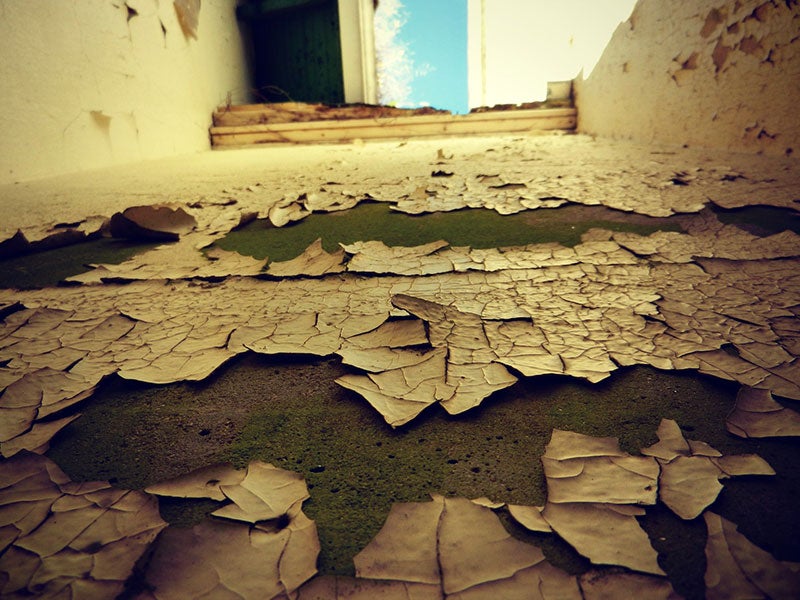As we approach lead poisoning prevention week Oct. 22-28, developments are promising despite some stumbling blocks.
When the Biden administration took office, it vowed to prioritize environmental justice, champion protections for the communities that have suffered the most from industrial pollution, and address lead poisoning and its irreversible harms. As we approach the third National Lead Poisoning Prevention Week of this presidency Oct. 22-28, we find ourselves at a pivotal juncture. Particularly because for too long we’ve witnessed administrations entering the White House with grand promises to resolve the lead crisis plaguing our children, only to depart with much unfinished business.
So, how has Biden’s Environmental Protection Agency (EPA) fared in this regard? Under President Biden, the EPA has indeed made significant strides, but with more than 43% of the U.S. population expected to have had lead in their blood during their early years by 2030, there’s more that needs to be done, and time is of the essence.
In early 2022, Earthjustice submitted comments on the EPA’s Draft Strategy to Reduce Lead Exposures and Disparities, identifying over a dozen near-term actions mandated by deadlines, court orders, and settlements (many of them Earthjustice litigations). We underscored that aligning these lead rules with governing laws could revolutionize federal environmental protections against lead exposure. The opportunities we flagged include:
- Strengthening the Lead and Copper Rule that regulates lead in drinking water systems.
- Finalizing an endangerment finding for leaded aviation fuel and banning its use, which EPA did this month.
- Updating lead hazard standards for dust, soil, and paint in residences and child-care facilities.
- Strengthening air toxics rules for all lead-emitting industrial sources, including steel manufacturers, secondary lead smelters (facilities that recycle lead), and municipal waste incinerators.
Since then, the EPA has made notable progress, by finalizing an endangerment finding for leaded aviation fuel, proposing tightening hazard standards for lead in dust and paint, and committing to revising the problematic Trump-era updates to the Lead and Copper Rule. While most these actions are not yet finalized, they hold the potential to significantly reduce lead in the air, and address major lead poisoning sources found in dust, paint, and drinking water, which harms millions of children and families each year.
And yet there is room for improvement. The EPA’s recent proposed rules on toxic emissions from steel mills — major lead polluters — fall short of providing adequate limits on lead emissions. This shortfall poses a high risk to surrounding communities, disproportionately impacting Black populations, and workers. Additionally, Earthjustice was compelled to sue the EPA earlier this year for its delayed updates on toxic emissions from municipal incinerators. While the EPA has agreed to finalize new emissions standards by the end of next year, the incineration industry seeks to undermine these commitments, just like certain legislators wish to obstruct EPA’s actions on leaded aviation fuel.
Lead poisoning is preventable, and with just over a year remaining in this presidential term, the EPA under Biden has a chance to finish the job and finalize these crucial rules. Doing so will curb lead pollution, give children added protection from brain and nervous system damage, and uphold the administration’s promise to safeguard millions of children and vulnerable communities from the perils of lead exposure. The time to act is now.
Earthjustice’s Toxic Exposure & Health Program uses the power of the law to ensure that all people have safe workplaces, neighborhoods, and schools; have access to safe drinking water and food; live in homes that are free of hazardous chemicals; and have access to safe products.
